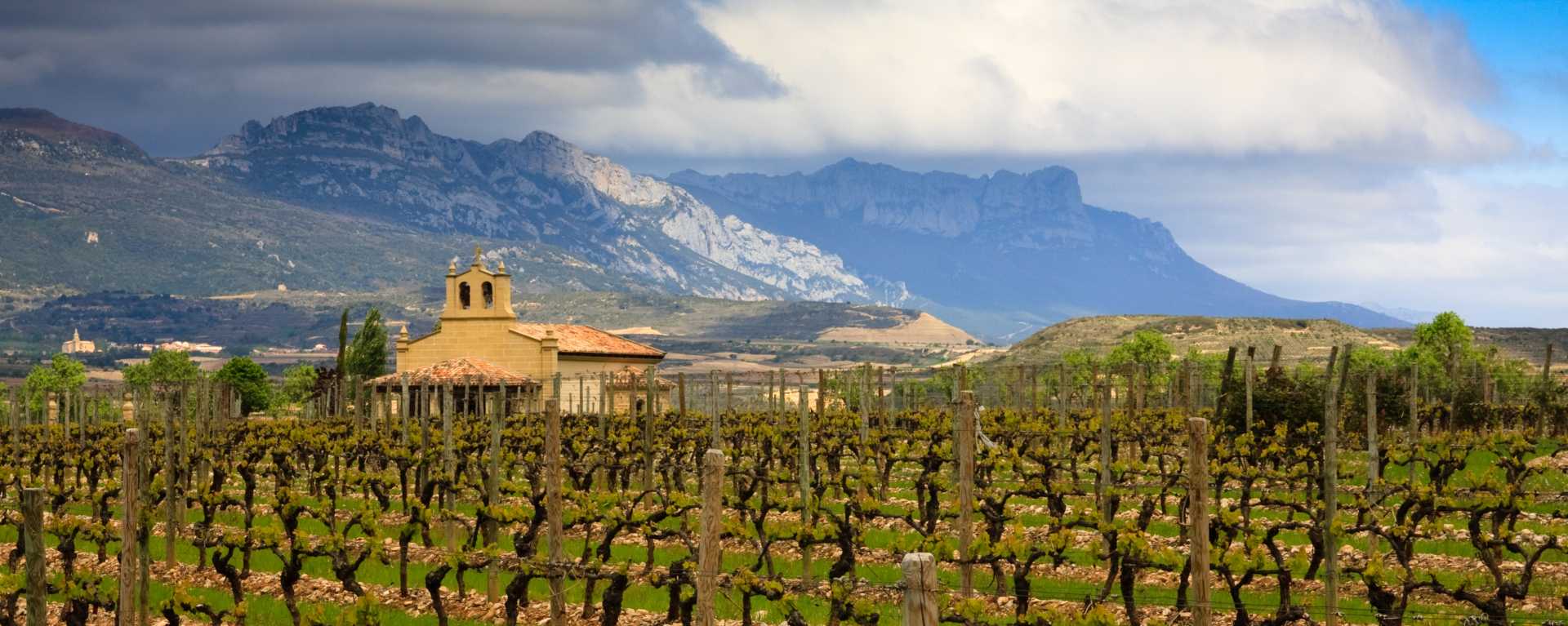Conreria d'Scala Dei Les Brugueres 2018



Product Details
Your Rating
Somm Note
Winemaker Notes
Historically, the dry white wines of the Priorat have been heavily oxidized, often with high alcohol levels and a monolithic structure due to climate, lack of temperature control during fermentation, and the fact that white wines we treated as an afterthought. At Conreria d’Scala Dei, Jordi Vidal relies on an extremely low yielding vineyard of centenary Garnatxa Blanca (Les Brugueres) which is harvested right when there is a balance between ripe rich flavor and fresh acidity. Les Brugueres is harvested by hand and ferments by natural yeasts in temperature controlled stainless steel tanks. The key to the white is allowing the Garnacha Blanca to rest on its fine lees during the cold winter, a technique that helps to impart a lovely creaminess to the wine.
Other Vintages
2021-
James
Suckling -
Robert
Parker
-
James
Suckling -
Wine &
Spirits
-
Whisky
Advocate
-
Robert
Parker







The estate was founded in 1997 by Jordi Vidal and two friends. Their top site, Les Brugueres, and its centenary vines of Garnatxa Blanca produces one of the most delicious, single-varietal white wines in the DOQ. Jordi also makes an elegant version of Black Slate from vines in Escaladei as well as our only Black Slate white from vines he tends in the village of La Morera.
Jordi organically farms several sites that vary in location, elevation and soil. While most are located near the winery there are a few vineyards in the neighboring villages of La Vilella Alta, Poboleda and La Morera. Some sites are planted on steep slopes and terraces while the remainder are on lower-elevation alluvial soils. The vine age at Concreria d’Scala Dei ranges from 10 to well over 100 years old. While most of the vines are rooted in llicorella soils there are higher percentages of clay and limestone nearer the Montsant range. The estate controls 26.5 hectares planted with Garnatxa Negra, Carinyena, Syrah, Cabernet Sauvignon, Merlot, Garnatxa Blanca and Pedro Ximénez.
With nearly a dozen sites and such an array of varieties, harvest at Conreria d’Scala Dei is quite hectic. Each site and variety is harvested by hand and brought to the cellar to be fermented separately. The whites are crushed and see a short maceration before pressing followed by fermentation and aging in tank. The reds see short macerations, of less than 20 days, followed by aging in neutral French and American oak barrels.

Producing full-bodied white wines, Grenache Blanc can be unctuous and soft or floral and fresh. Some of the finest examples are terroir-driven, age-worthy wines. It is a key ingredient in white Châteauneuf-du-Pape and many white blends across southern France and NE Spain. Somm Secret—Grenache Blanc plays a key role in the vins doux naturels of Rivesaltes and a subsidiary role in those of Banyuls and Maury.

Tiny and entirely composed of craggy, jagged and deeply terraced vineyards, Priorat is a Catalan wine-producing region that was virtually abandoned until the early 1990s. This Spanish wine's renaissance came with the arrival of one man, René Barbier, who recognized the region’s forgotten potential. He banded with five friends to create five “Clos” in the village of Gratallops. Their aim was to revive some of Priorat’s ancient Carignan vines, as well as plant new—mainly French—varieties. These winemakers were technically skilled, well-trained and locally inspired; not surprisingly their results were a far cry from the few rustic and overly fermented wines already produced.
This movement escalated Priorat’s popularity for a few reasons. Its new wines were modern and made with well-recognized varieties, namely old Carignan and Grenache blended with Syrah, Cabernet Sauvignon and Merlot. When the demand arrived, scarcity commanded higher prices and as the region discovered its new acclaim, investors came running from near and far. Within ten years, the area under vine practically doubled.
Priorat’s steep slopes of licorella (brown and black slate) and quartzite soils, protection from the cold winds of the Siera de Monstant and a lack of water, leading to incredibly low vine yields, all work together to make the region’s wines unique. While similar blends could and are produced elsewhere, the mineral essence and unprecedented concentration of a Priorat wine is unmistakable.
